Karate’s most important historical text: The Ten Precepts of Anko Itosu
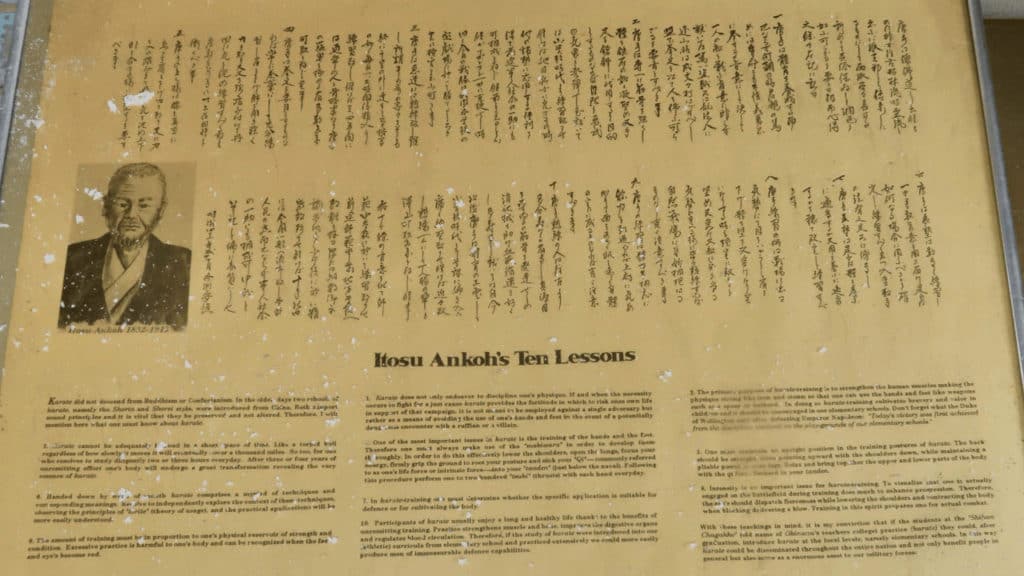
Exploring the History of Karate: The Ten Essential Principles
In February 2019, I had the opportunity to visit the Okinawa Karate Museum – 沖縄県空手博物館. This museum, founded in 1987 by Tetsuhiro Hokama Sensei, a highly skilled 10th dan Goju-Ryu Karate expert, is a remarkable repository of Karate history. It boasts an extensive collection of Karate artifacts, ancient weapons, manuscripts, photographs, books, and historical texts, making it a must-visit for anyone interested in the origins of Karate.
During a private tour, Hokama Sensei shared insights into his 70 years of collecting treasures. Among the numerous artifacts, a particular historical text caught my attention — ‘The Ten Precepts,’ written by Anko Itosu in 1908. This document encapsulates the fundamental principles of Okinawan Karate. Mr. Hokama emphasized the paramount significance of these tenets, asserting that adherence to them is integral to genuine Karate practice. His words left a lasting impression, prompting a personal commitment to share these invaluable teachings through this article.
The Ten Precepts of Anko Itosu
Karate did not descend from Buddhism or Confucianism. In the olden days, two schools of Karate, namely the Shorin and Shorei styles, were introduced from China. Both support sound principles, and it is vital that they are preserved and not altered. Therefore, I will now mention here what one must know about Karate.
1. Karate does not only endeavor to discipline one’s physique. If and when the necessity occurs to fight for a just cause, Karate provides the fortitude in which to risk one’s own life in support of that campaign. It is not meant to be employed against a single adversary but rather as a means of avoiding the use of one’s hands and feet in the event of a potentially dangerous encounter with the ruffian or a villain.
2. The primary purpose of Karate training is to strengthen the human muscles making the physique strong like iron and stone: so that one can use the hands and feet like weapons such as a spear or halberd. In doing so, karate training cultivates bravery and valor in children and it should be encouraged in elementary schools. Don’t forget what the Duke of Wellington said after defeating Emperor Napoleon: “Today’s victory was first achieved from the discipline attained on the playgrounds of our elementary schools.”
3. Karate cannot be adequately learned in a short space of time. Like a torpid bull, regardless of how slowly it moves, it will eventually cover a thousand miles. So too, for one who resolves to study diligently two or three hours every day. After three or four years of unremitting effort, one’s body will undergo a great transformation revealing the very essence of Karate.
4. One of the most important issues in Karate is the training of the hands and feet. Therefore, one must always use the “makiwara” in order to develop them thoroughly. In order to do this effectively; lower the shoulders, open the lungs, focus your energy, firmly grip the ground to root your posture, and sink your “Qi” – commonly referred to as one’s life force or intrinsic force – into your “tanden” (just below the navel). Following this procedure, perform one to two hundred “tsuki” (thrusts) each day with each hand.
5. One must maintain an upright position in the training postures of Karate. The back should be straight, loins pointing upward with the shoulders down, while maintaining a pliable power in your legs. Relax, and bring together the upper and lower parts of your body with the Qi force focused in your “tanden.”
6. Handed down by word of mouth, Karate comprises a myriad of techniques and corresponding meanings. Resolve to independently explore the context of these techniques, observing the principles of “torite” (theory of usage), and the practical applications will be more easily understood.
7. In Karate training, one must determine whether the specific application is suitable for defense or for cultivating the body.
8. Intensity is an important issue for Karate training. To visualize that one is actually engaged upon the battlefield during training does much to enhance progression. Therefore, the eyes should dispatch fierceness while lowering the shoulders and contracting the body when blocking and delivering a blow. Training in this spirit prepares one for actual combat.
9. The amount of training must be in proportion to one’s physical reservoir of strength and condition. Excessive practice is harmful to one’s body and can be recognized when the face and eyes become red.
10. Participants of Karate usually enjoy a long and healthy life, thanks to the benefits of unremitting training. Practice strengthens muscle and bone, improves the digestive organs, and regulates blood circulation. Therefore, if the study of Karate were introduced into our curricula from elementary school and practiced extensively, we could more easily produce men of immeasurable defense capabilities.
With these teachings in mind, it is my conviction that if the students at the ‘Shihan Chugakko’ (the old name of Okinawa’s teacher’s college) practice Karate, they could, after graduation, introduce Karate at the local levels; namely elementary schools. In this way, Karate could be disseminated throughout the entire nation and not only benefit people in general but also serve as an enormous asset to our military forces.
Itosu Anko,
October 1908
Photos taken inside the Okinawa Karate Museum – 沖縄県空手博物館

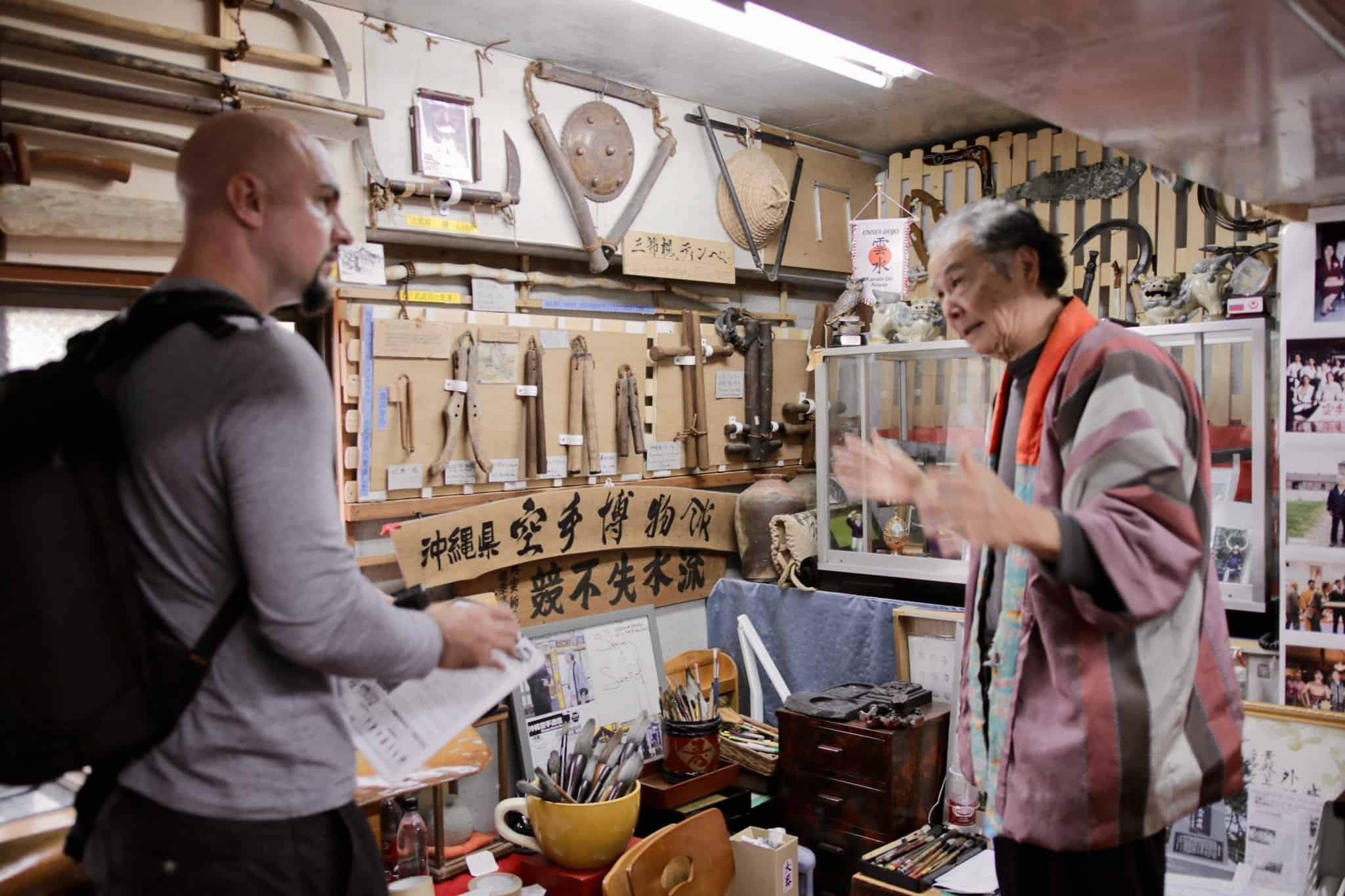
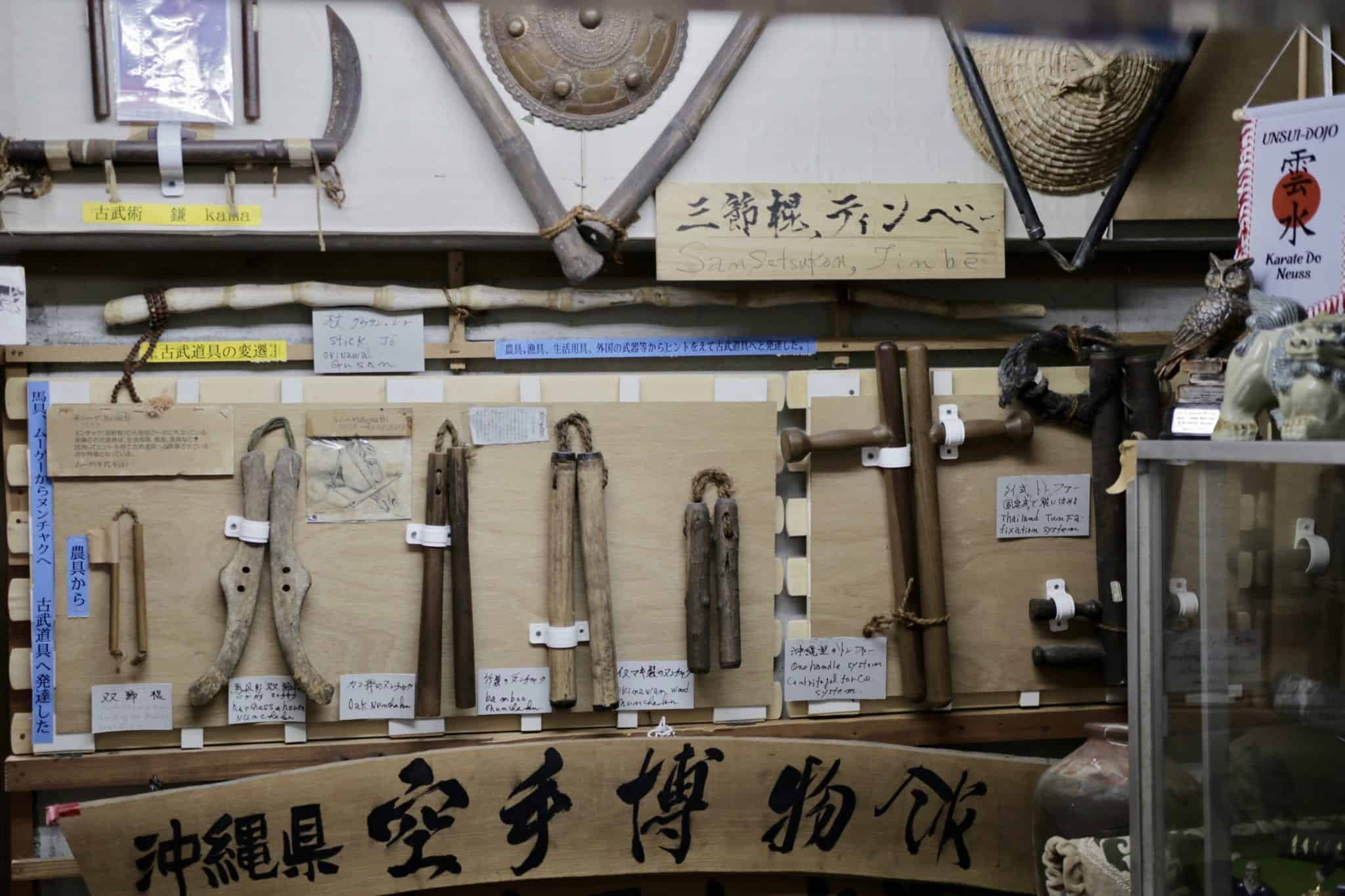

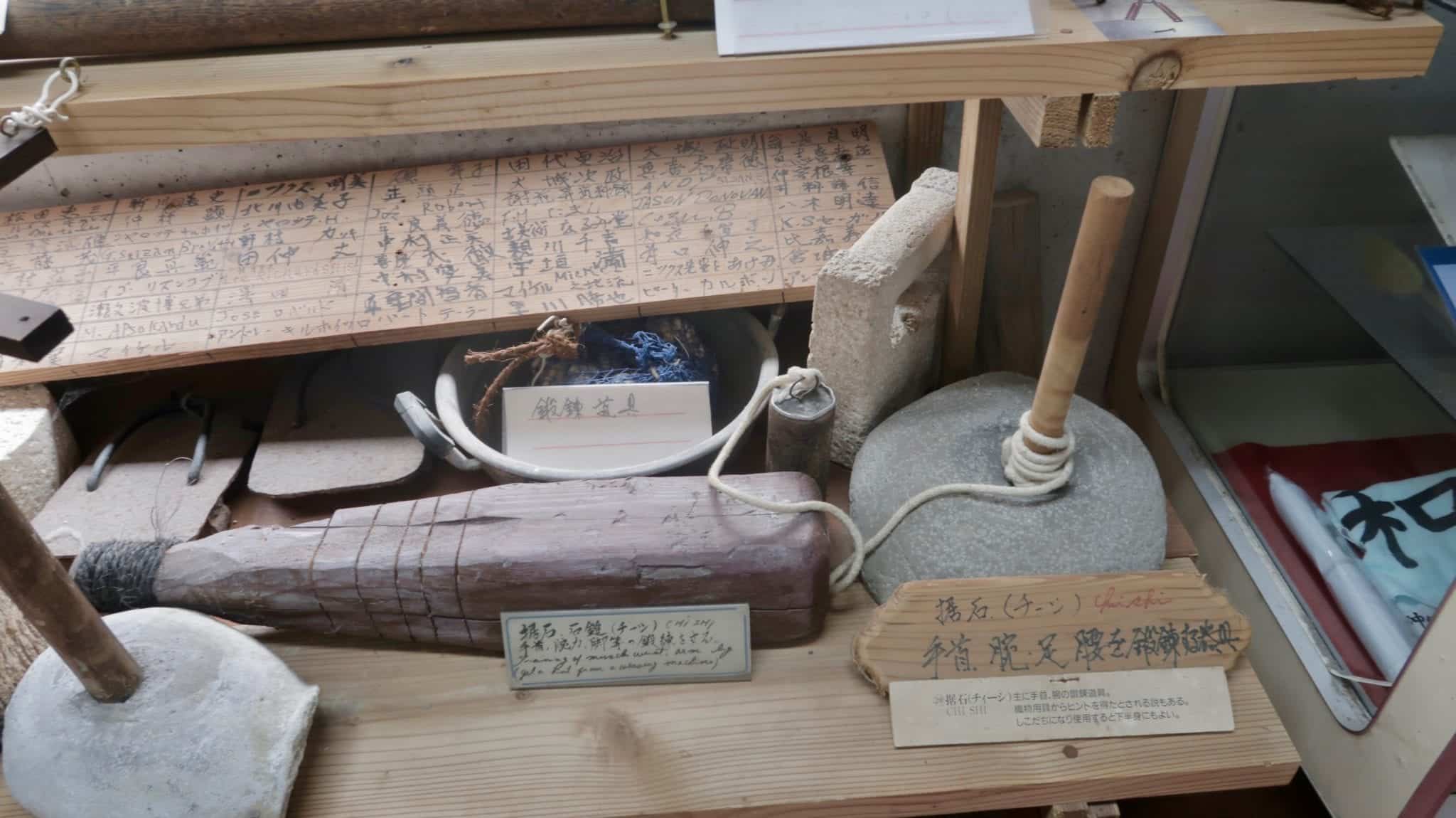
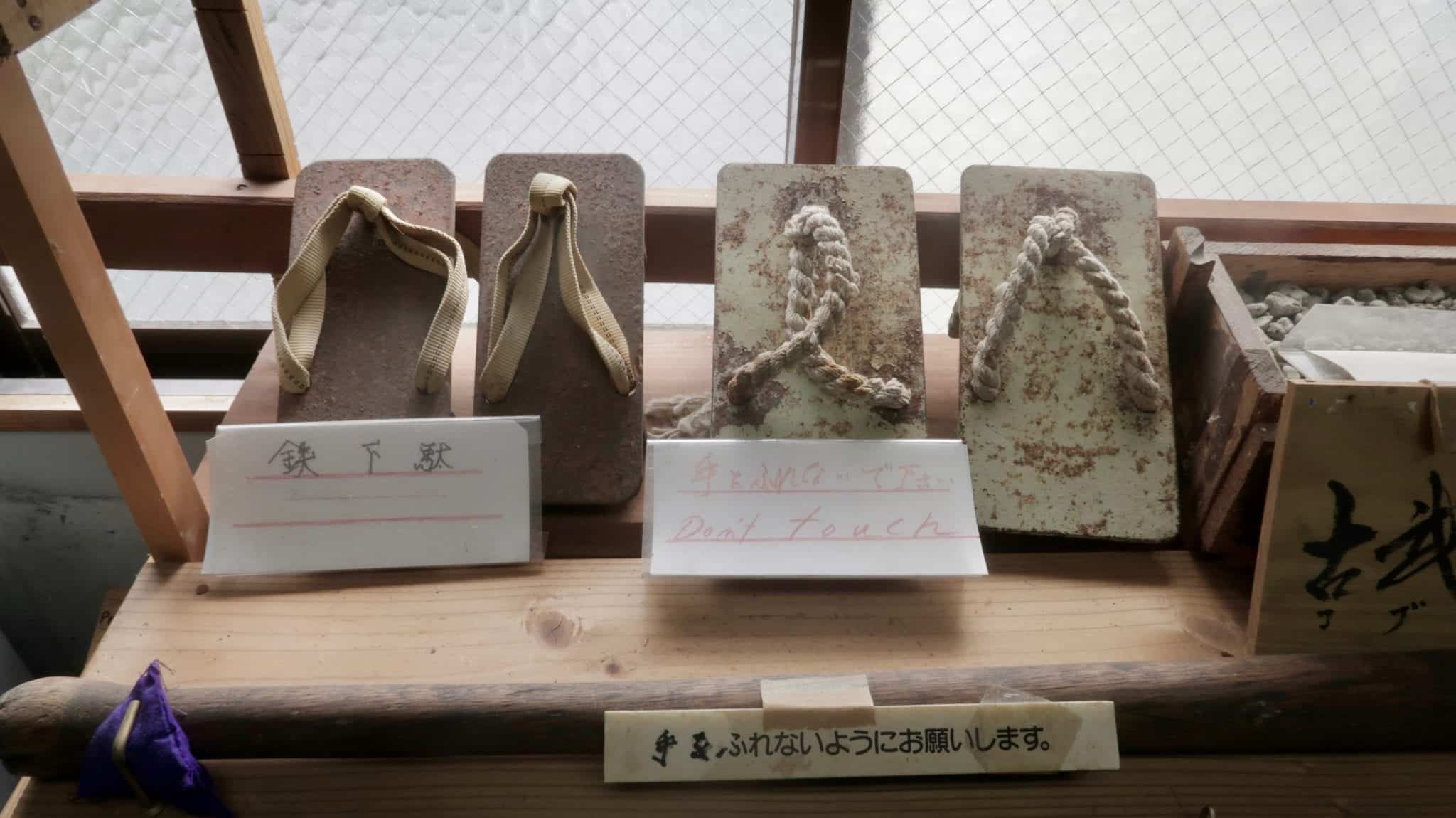
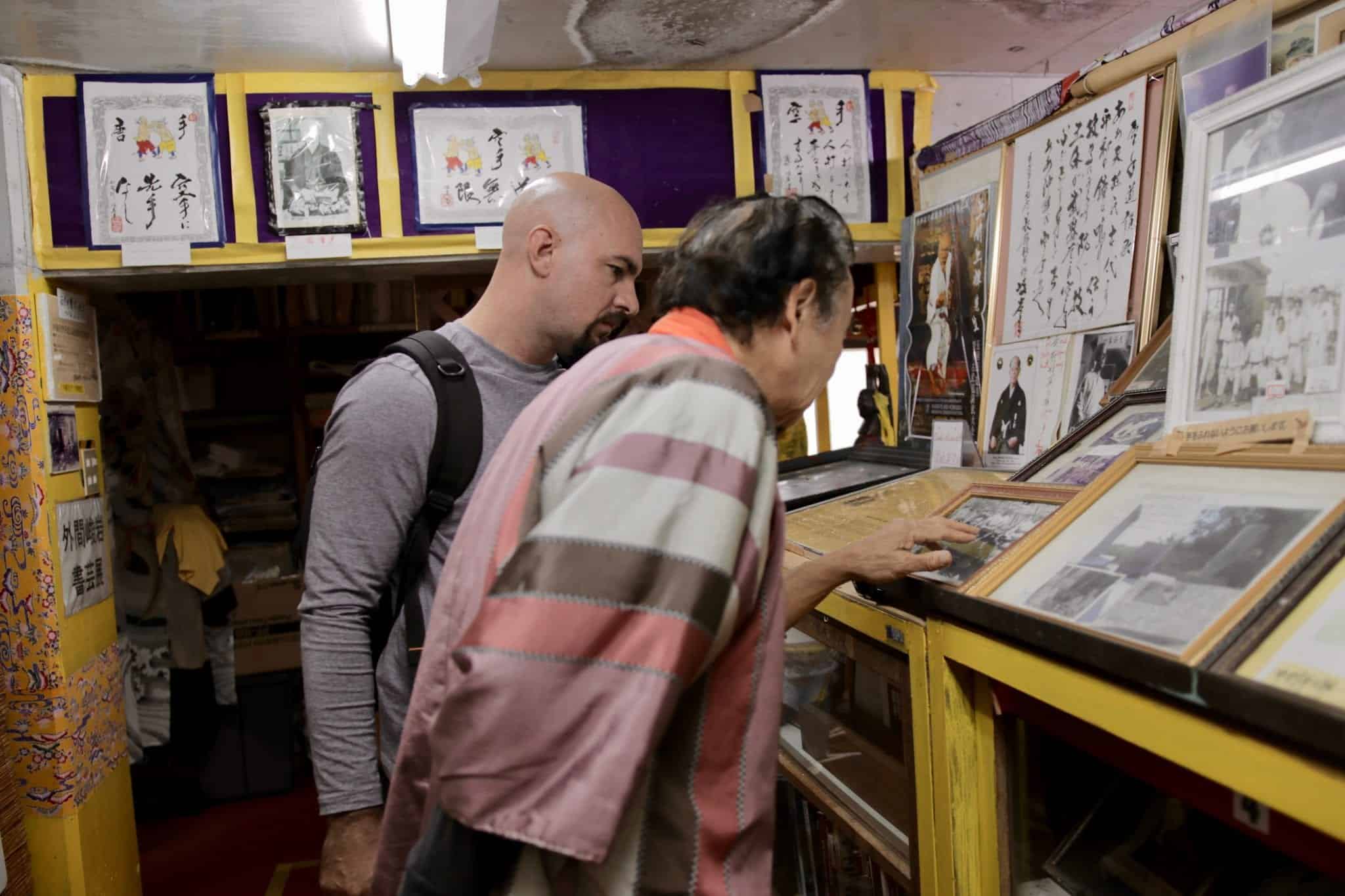
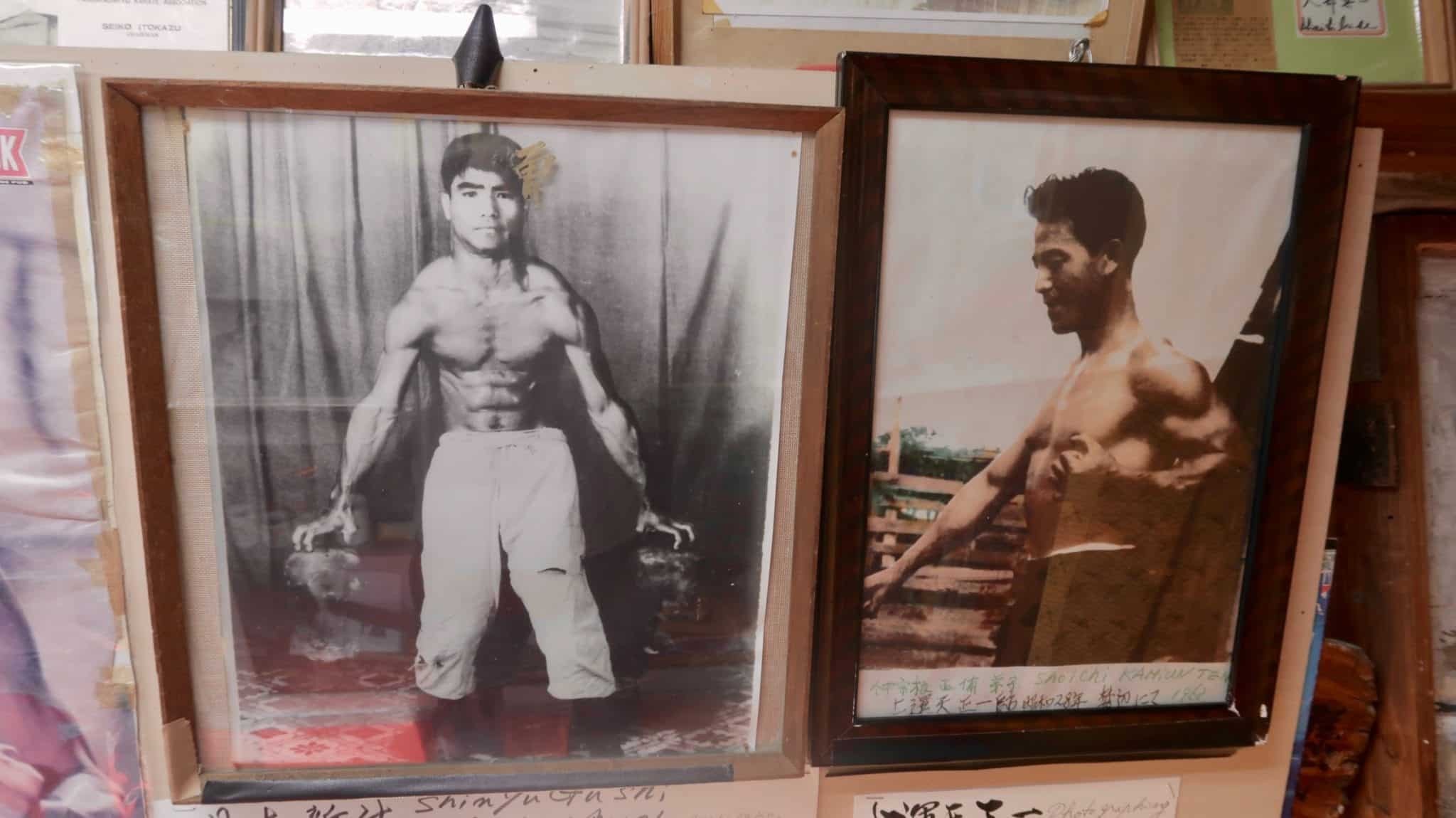
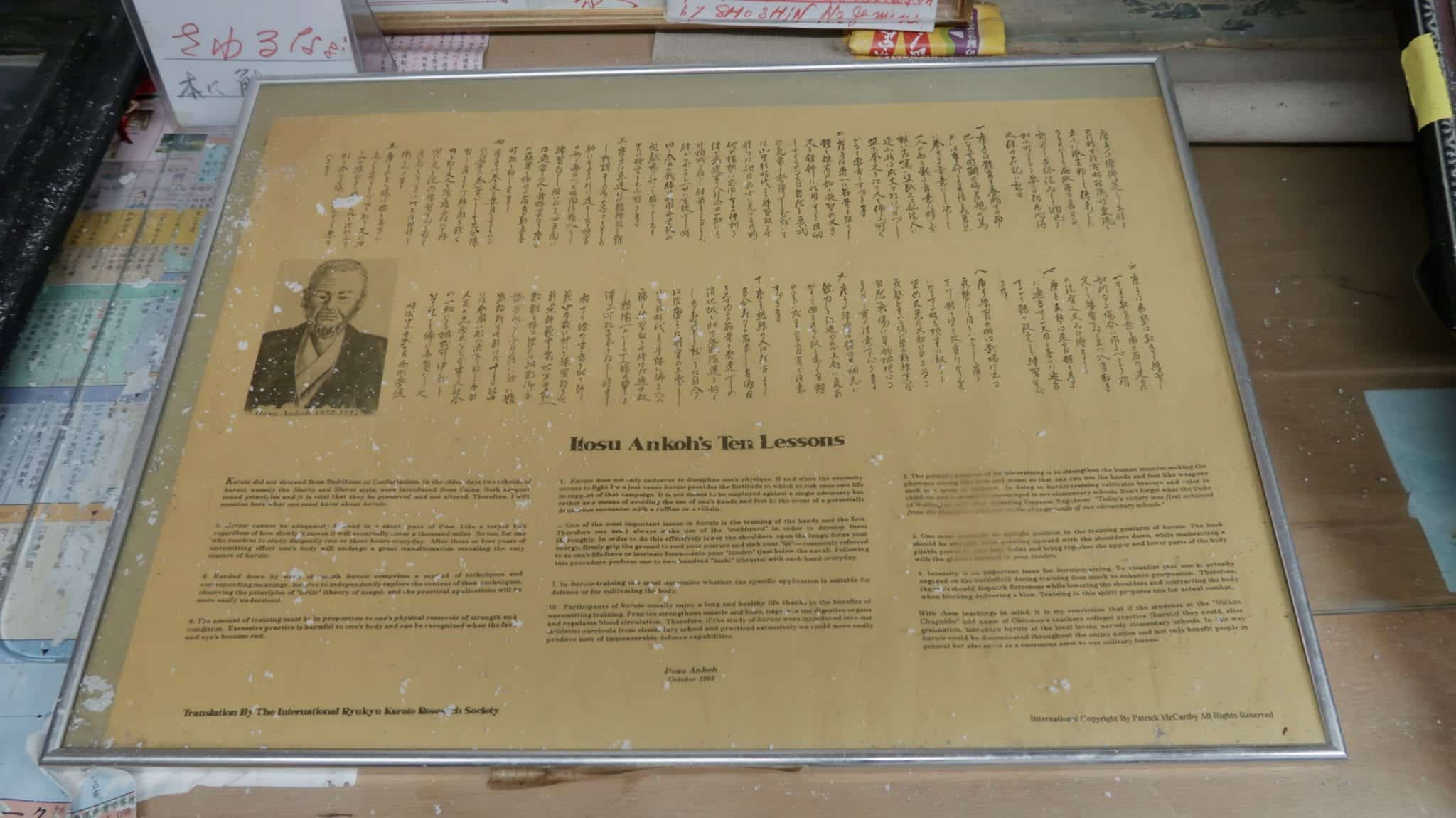
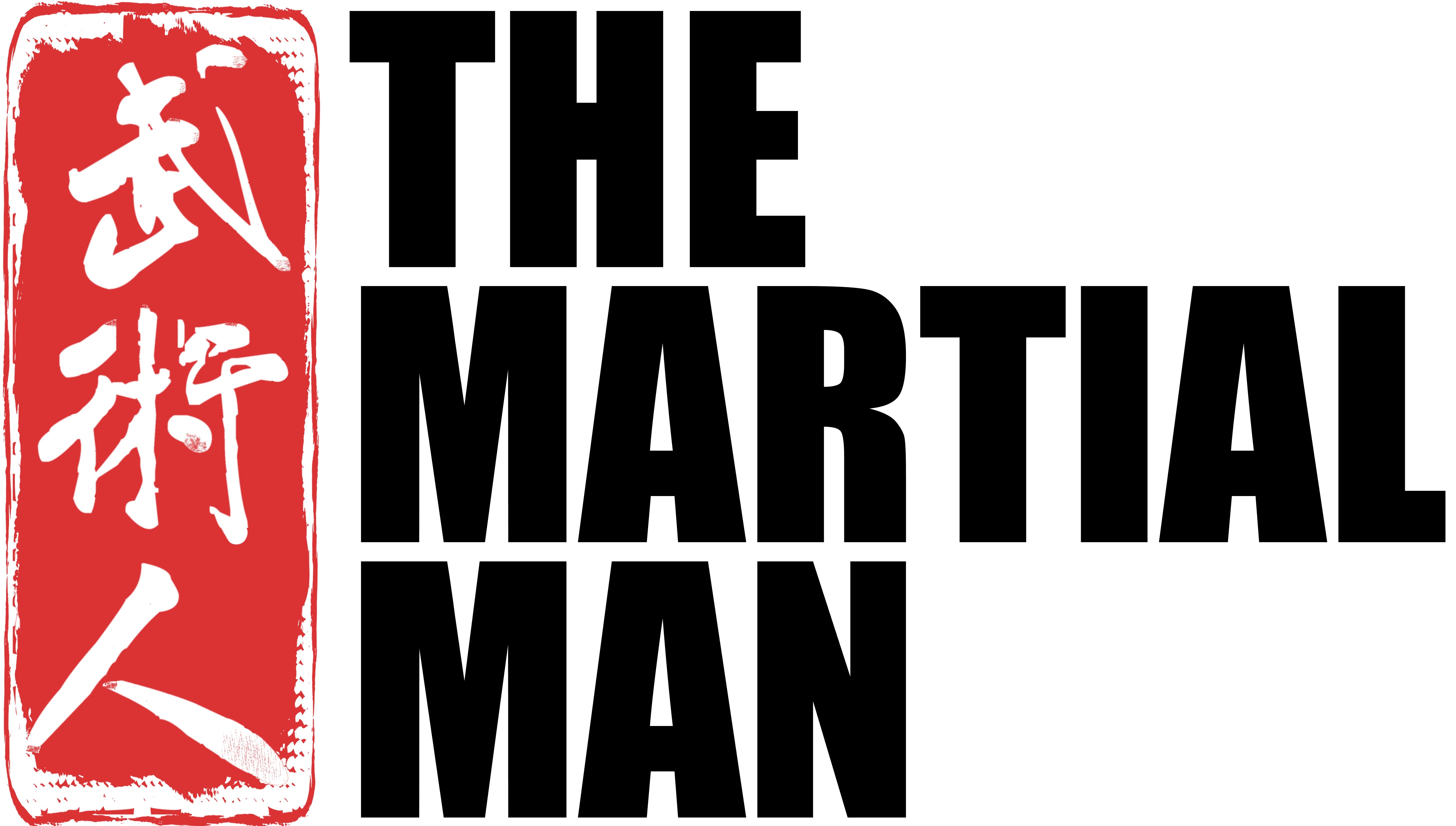
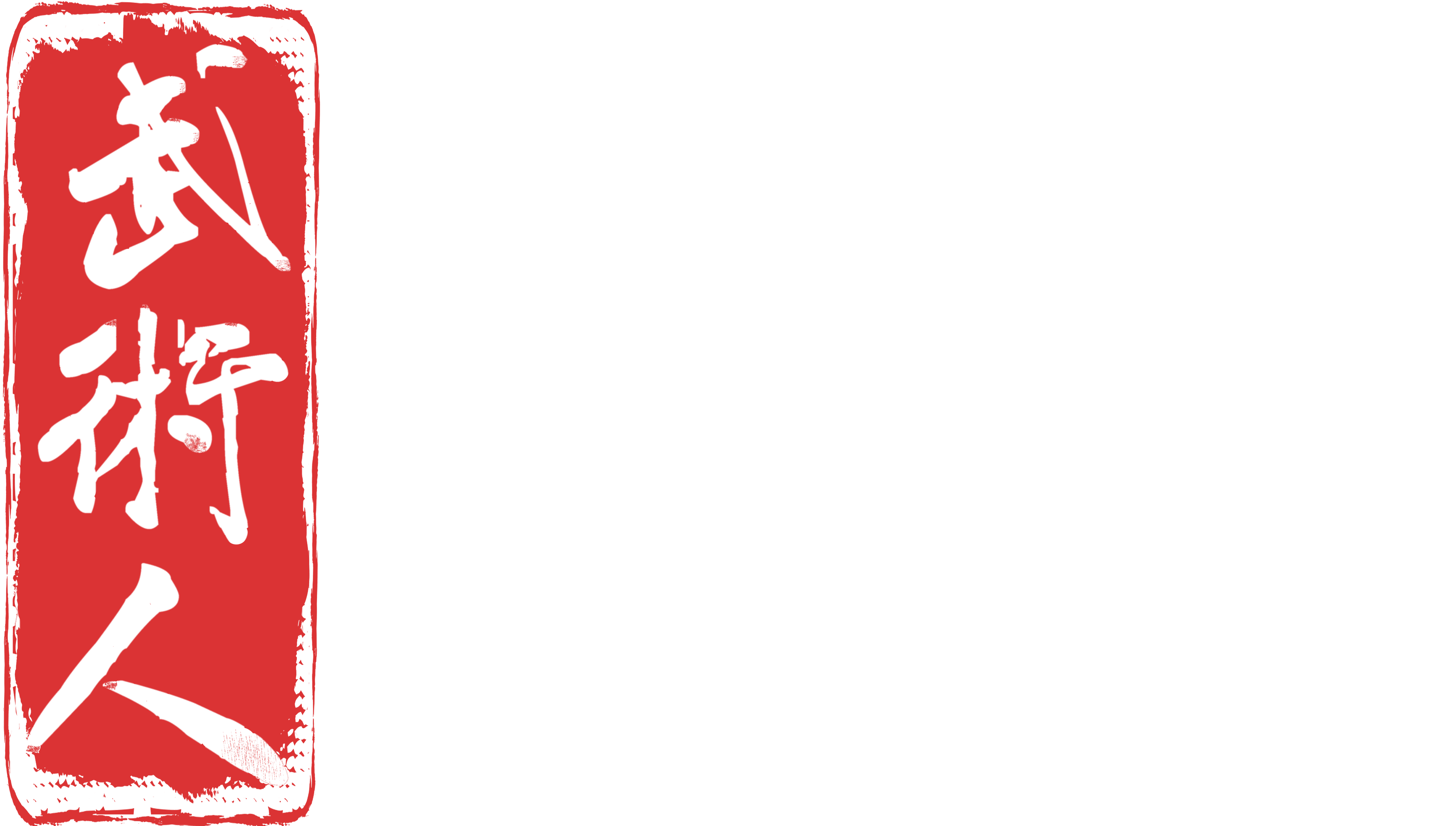
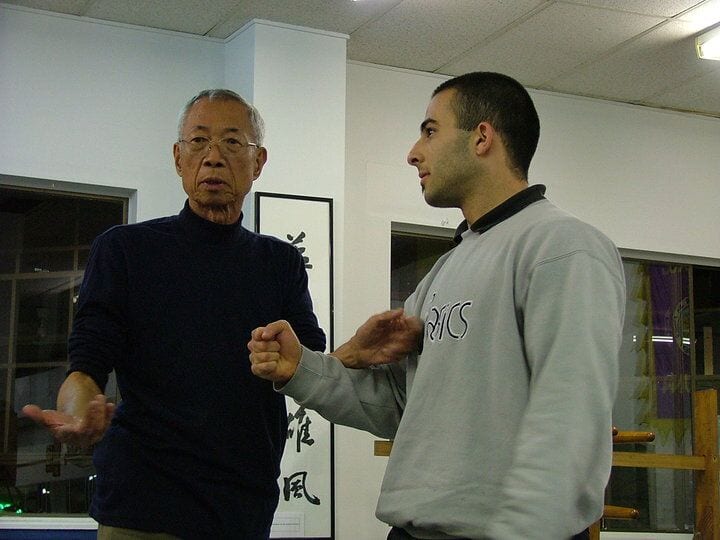
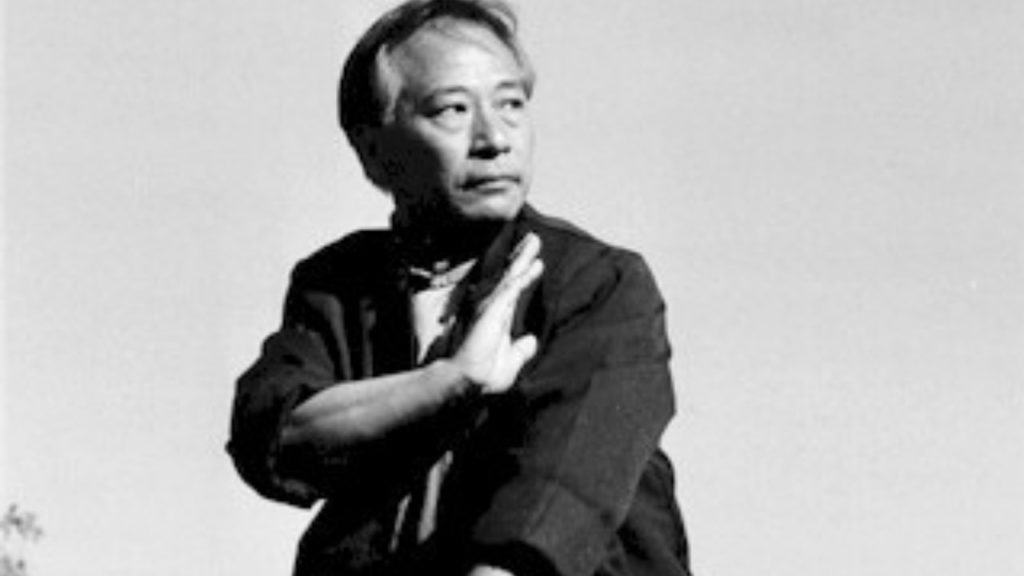
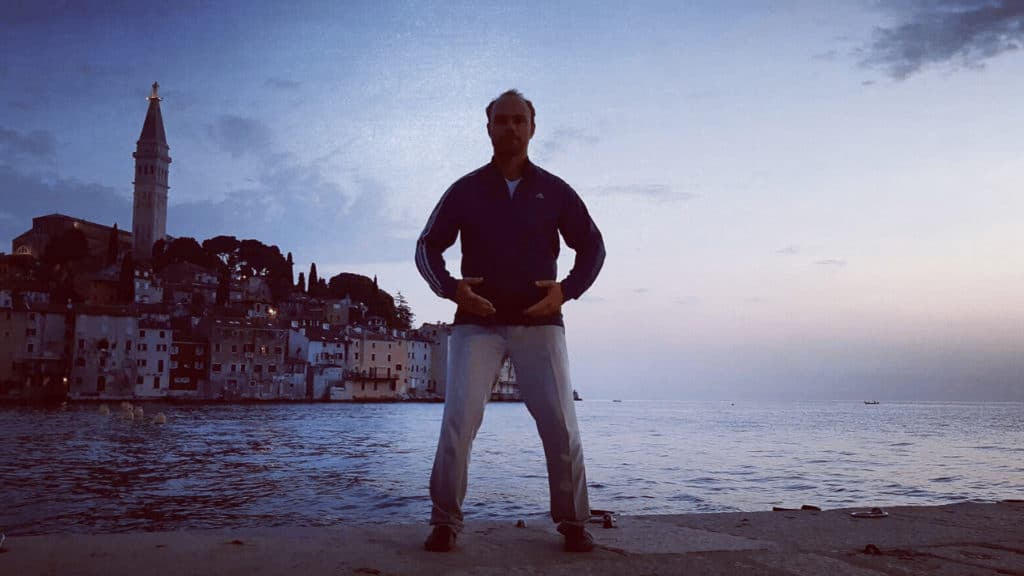
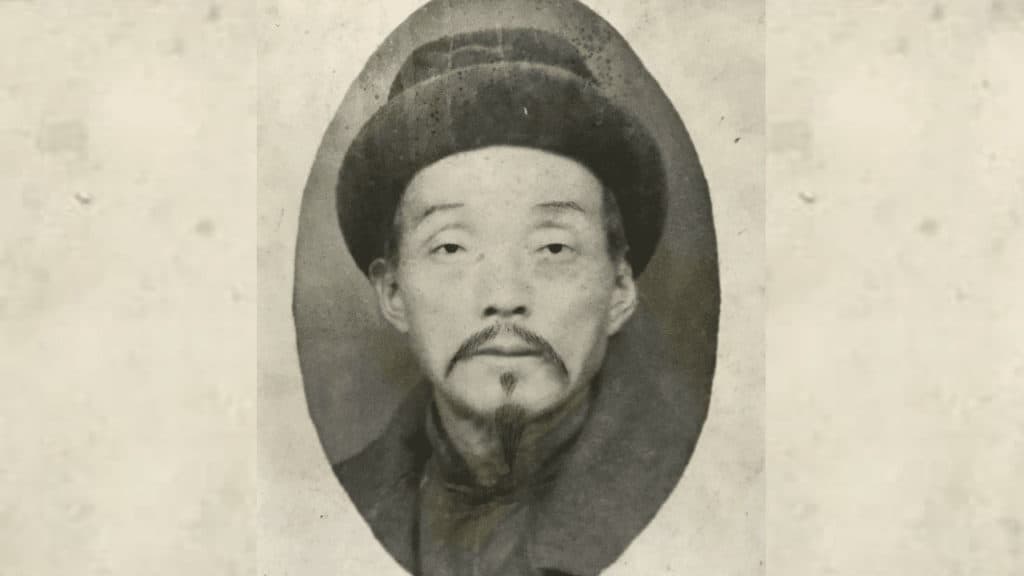
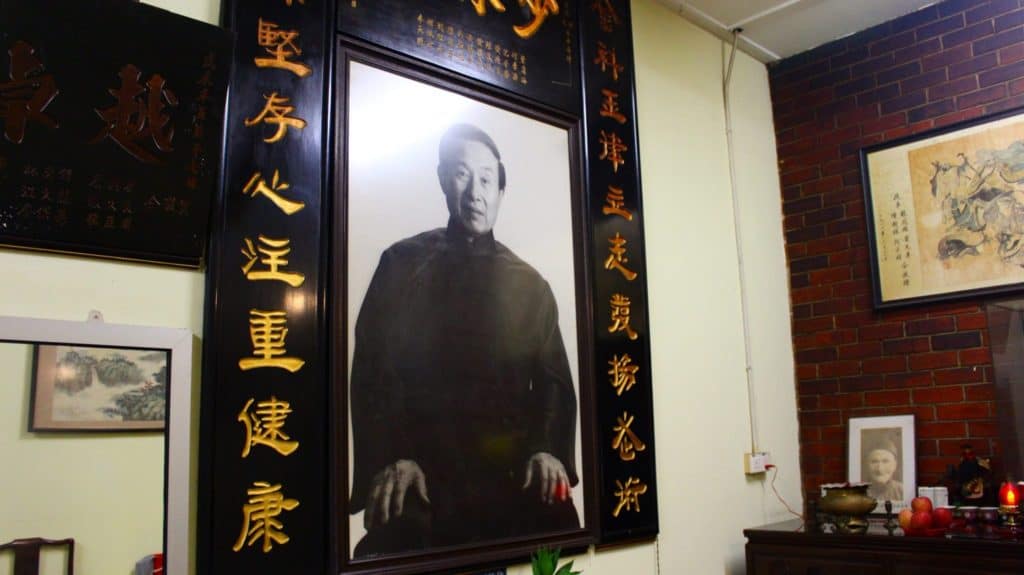
Great historical article !